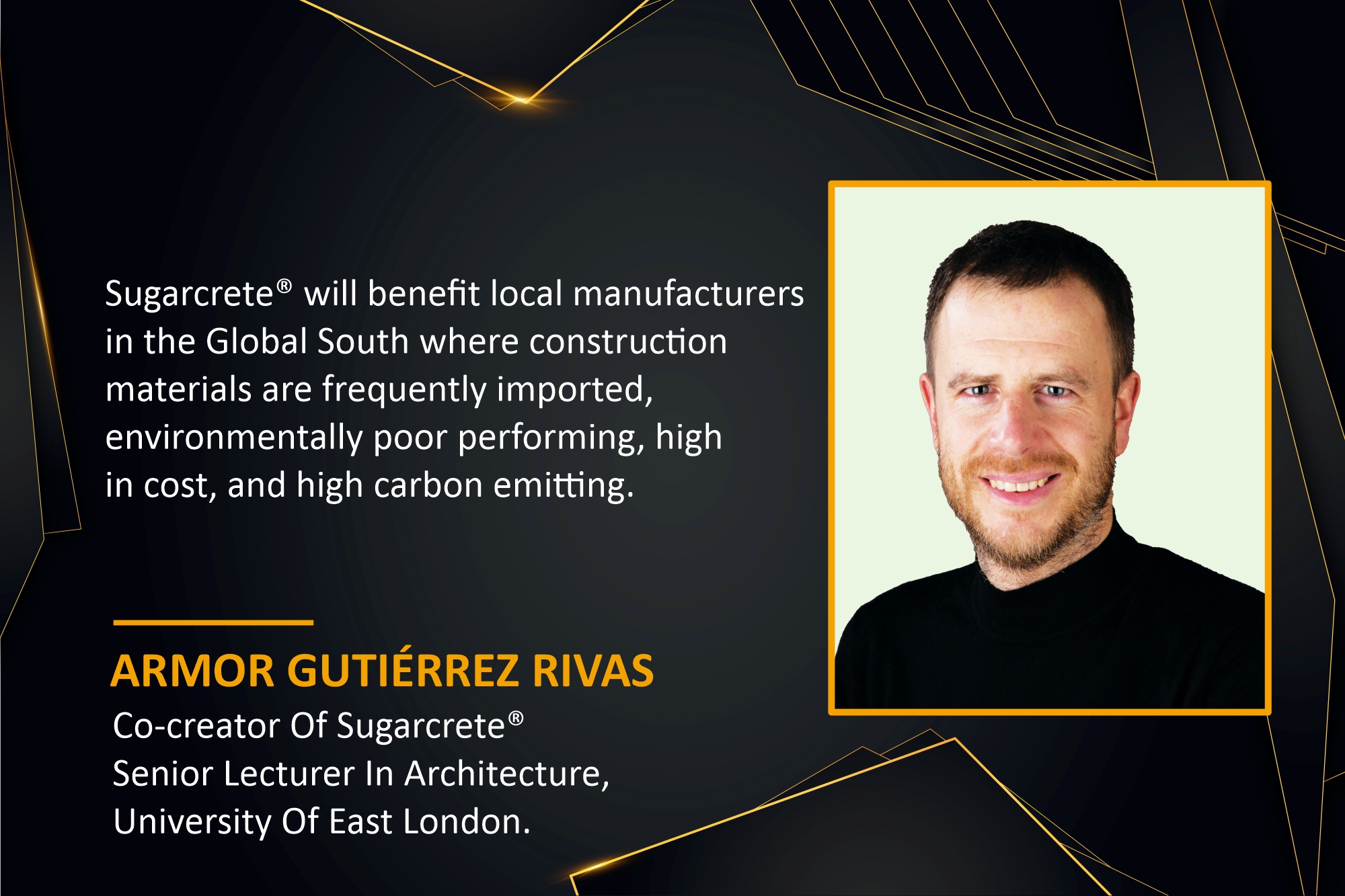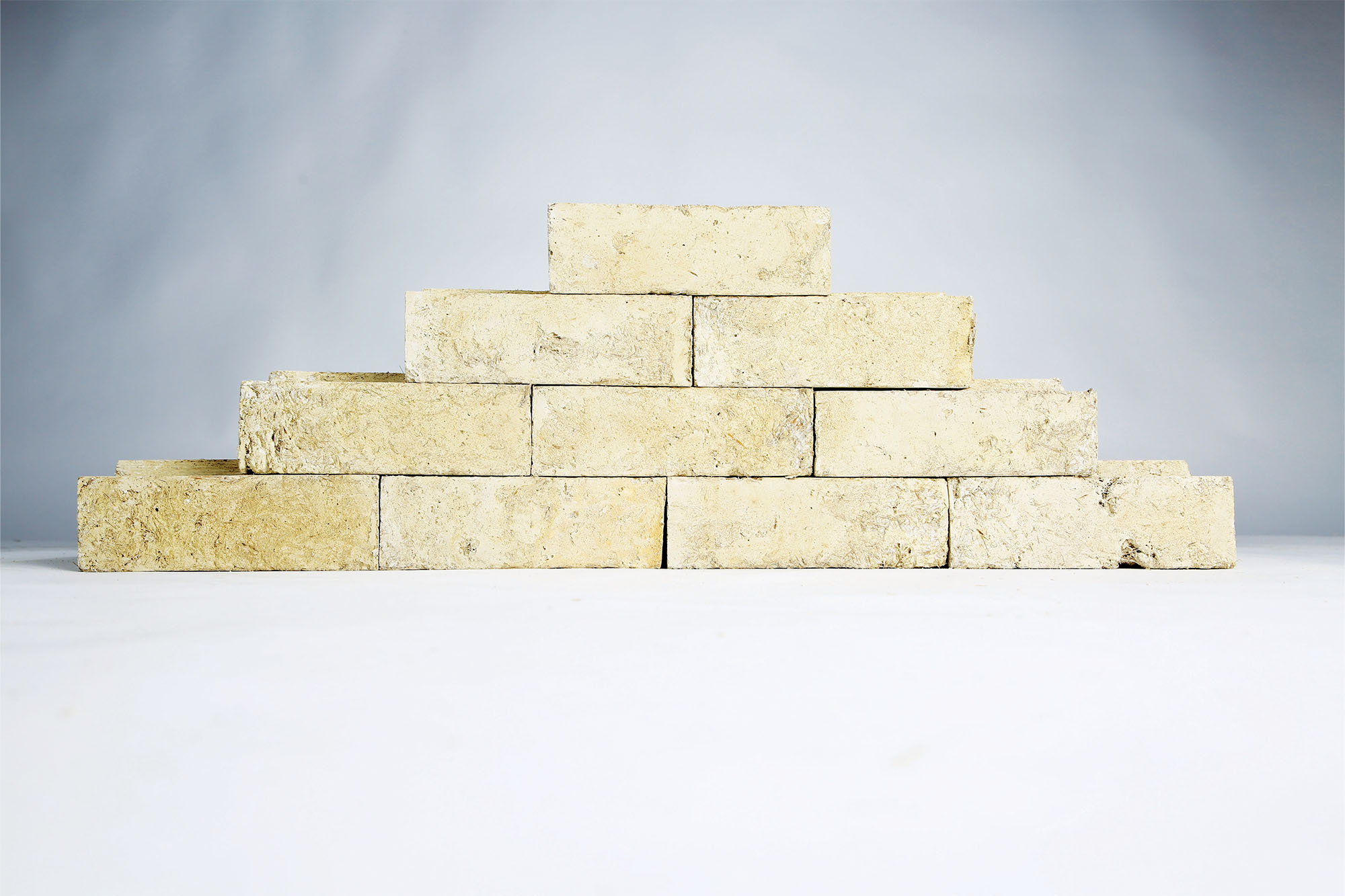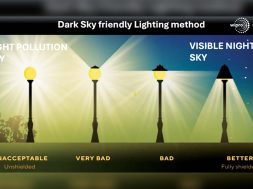Sugarcrete® is an innovative and sustainable alternative to traditional bricks

This interaction delves into how Sugarcrete® is an innovative, sustainable alternative to traditional bricks. It also discusses how adopting the product will benefit the Global South and Global North countries.
Can you provide an overview of what Sugarcrete® is, as well as its composition and function?
Sugarcrete® was developed from a collaborative effort of the project leads from the University of East London (UEL) and the Sustainability Research Institute (SRI). It is an ultra-low-carbon, bio-based material which upcycles sugarcane waste bagasse into construction components. Sugarcane fibres left over after sugar production are combined with sand-mineral binders to produce bricks with a carbon footprint six times less than traditionally made clay bricks. Sugarcrete® provides excellent thermal, acoustic, and fire-resistant properties, has passed the required tests for ISO construction standards, and can be used for new or existing buildings. It locks carbon within the material for the lifetime of the building and is designed for reuse and recycling at the end of the building’s life.

What makes sugarcane the ideal raw material for making Sugarcrete®? What are the target countries where the product can be used in construction?
Sugarcane is the world’s largest crop by volume, at 1.9 bn tonnes, and absorbs 50x more CO2 than traditional forestry. Post-sugar extraction, bagasse, the cane waste (estimated at 0.6 bn tonnes), is predominantly used in the Global South as fuel in boilers for power generation and sugar processing, releasing stored biogenic carbon as well as pollutants back into the atmosphere. Upcycling bagasse into sustainable building components to replace carbon-intensive concrete and brick products provides the greatest opportunity to rethink modern building materials.
What makes Sugarcrete® a more desired alternative to traditional bricks?
The global construction sector is responsible for nearly 40 percent of CO2 emissions, and alternative timber products sequester carbon relatively inefficiently and utilise precious land. Timber alternatives such as hemp-flax, which are currently used to store carbon, bring significant environmental and social issues associated with the displacement of food crops and the climate impact of changing land use and ownership. Sugarcrete® enables biogenic carbon storage by utilising widely available bagasse waste streams to mitigate climate change and create viable economic opportunities for citizens of globally disadvantaged areas. Replacing high-carbon materials, prioritising land for food production, and enabling the construction of sustainable, high-performance, and adaptable buildings are the key challenges that Sugarcrete® addresses.
Sugarcrete® exploits properties that have evolved in nature, such as fibre length and strength, to provide excellent performance characteristics, including breathability, compressive and tensile strength, and a good balance between low mass and heat storage capacity compared with other insulation materials. Our innovative quick-drying mineral binder provides fire resistance through the mineralisation of the bio-component and reduced curing time.

How will Global South and Global North countries benefit by moving to Sugarcrete®?
Switching a percentage of bagasse waste to Sugarcrete® will significantly reduce the cement imports from sugarcane-producing countries in the Global South. On the other hand, Global North importers, who are under increasing legislative pressure to use zero-carbon materials, will benefit through “Fairtrade.” This product’s “open-source” nature facilitates economic gains for local communities and supply chain actors. Sugarcrete®, with its open-source R&D, is enhancing collaborations that support plantation communities.
Please walk us through the application areas of Sugarcrete®.
Sugarcrete® is a versatile product that can be used for new structures such as load-bearing elements such as walls or slabs. It uses interlocking modular geometries that minimise the risk of displacement during seismic activity and allow for end-of-live reuse. It can also be applied to existing poor-performing constructions such as insulation, fire, and acoustic panels. It can be cast in situ or precast as blocks or panels, allowing easy installation and fabrication.
To what extent does Sugarcrete® address carbon emissions; could you provide some statistics?
Sugarcrete® combines carbon-sequestering bagasse and low-carbon binders that absorb CO2 as they cure. For example, 1 m3 of Sugarcrete® results in avoiding up to 170 kg of CO2 emissions. If used to replace clay bricks in a single-story house, this amounts to approximately 120 tonnes of avoided CO2 emissions. Almost 30 percent of bagasse waste streams have no economic value; if utilised as Sugarcrete®, it could result in a 3 percent reduction of CO2 globally.
How does Sugarcrete® address impacts on nature?
By generating carbon-sequestering construction materials from widely available and underutilised waste streams, Sugarcrete® can reduce the increasing demand for land use for forestry products and other biomass materials, allowing for the restoration of forests, wetlands, and other natural carbon-sink ecosystems. By optimising agricultural waste streams towards construction materials, the needs for high-demanding industries such as steel and concrete are reduced, and their carbon emissions are avoided. By creating significant new commercial value for bagasse, Sugarcrete® can potentially obviate the burning or disposal of millions of tonnes of bagasse in ageing furnaces, reducing carbon emissions.
Please highlight where the product has been used globally and in India.
Sugarcrete® has been recently used to build seating, planters, and birdhouses for a new community garden in North Woolwich, London. The project team has also partnered with Chemical System Technologies (CST) to build a school using Sugarcrete® in Uttar Pradesh, India, and explore opportunities for decentralised production in plantation areas.
For more details, visit: https://www.uel.ac.uk/sugarcrete
Cookie Consent
We use cookies to personalize your experience. By continuing to visit this website you agree to our Terms & Conditions, Privacy Policy and Cookie Policy.










